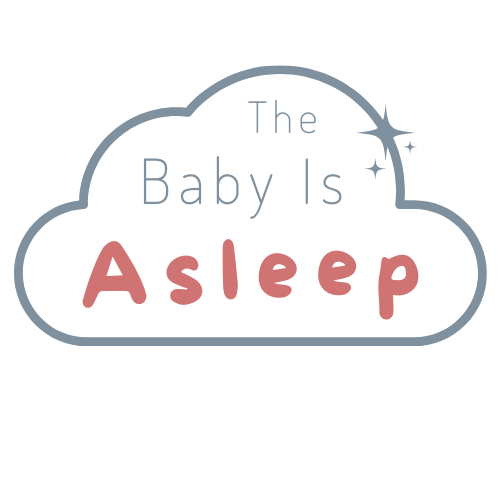Are “Sleepy Cues” Always Important?
You've heard me talk about your child's "sleepy cues" - avoiding eye contact, rubbing their head on you, red around the eyes/eyebrows, less content, etc.
Yes these are very important signs to watch out for in NEWBORNS. We have to ensure they don't get over tired, as they are not yet able to have a super-defined daytime schedule.
However, most parents don't realize that many of their sleep strategies - including watching for sleepy cues - need to evolve as their child grows! The same strategies you used for your newborn, will not work on older infants and toddlers.
(Hint - almost every single sleep coaching client I work with is not using long enough wake windows in the morning)
By the time your baby is 3 months and older, sleepy cues are actually LESS RELIABLE as indicators of naptime/bedtime and we need to start focusing more on the wake windows.
Yes your child may "look tired" but that does not mean you can put your 9 month old to bed an hour after waking and still expect to get good results.
Think of it this way...it's 2pm right now while I'm writing this and I am HECKIN tired, yawning...however, it's not appropriate for me to go to bed right now. I will need to eat a snack, stretch my legs, and stay awake until it's appropriate for me to go to bed.
Not sure if your child's wake window is appropriate? Join the conversation on our insta, comment with their age and ww and I'll help you out :)
